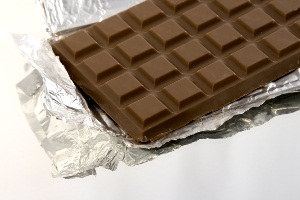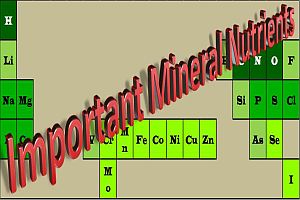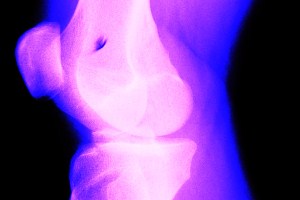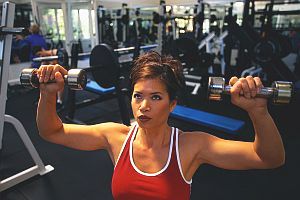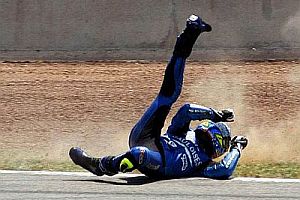How to Maintain and Improve Your Memory
 No matter how old you are, you’ve probably already had what is commonly referred to as “a senior moment”. It’s not the least bit unusual to occasionally misplace your car keys or walk into a room and forget what you went there for.
No matter how old you are, you’ve probably already had what is commonly referred to as “a senior moment”. It’s not the least bit unusual to occasionally misplace your car keys or walk into a room and forget what you went there for.
While this sort of thing is not necessarily a sign of declining memory, some types of cognitive ability do seem to decline naturally as we age. Experts have examined how the brain’s functions change as we age and have found that practicing certain behaviors can help you maintain and improve your memory as you get older.
Similar to exercising your body on a regular basis to keep it in shape, exercising your mind appears to help maintain cognitive ability. A study conducted by Dr. Joe Verghese and published in the New England Journal of Medicine found that the more cognitively stimulating leisure activities that were performed by older adults, the less their risk of dementia. Those who played board games, read, played a musical instrument or danced, for instance, were 63% less likely to develop dementia than those who did not. Other studies have found that the more time people spend learning something, the lower their risk of dementia. Those who know two or more languages develop Alzheimer’s over four years later on average than those who know only one language.
Following are some activities that may help to maintain your cognitive ability:
* Join a book club
* Do crossword puzzles
* Learn a new language
* Play new board games
* Play chess or bridge
* Take an online course
* Go to lectures in your community
* Learn how to play a musical instrument
* Learn how to dance
Studies have shown that what you eat and how much you exercise also have a lot to do with your risk of Alzheimer’s or other types of dementia. One study found that walking 30 minutes a day for six months significantly improves cognitive ability. And people who do weight training in addition to aerobic exercise benefit more greatly than those who only perform one type of exercise.
Certain foods feed the brain and have been shown to help improve memory and general brain function. A diet high in omega-3 fatty acids and antioxidants can contribute greatly to maintaining a good memory. Increase your intake of fatty fish such as salmon, sardines and herring, and add an array of colorful vegetables to your plate. Bright red, orange, purple and yellow vegetables are particularly high in antioxidants. Also, studies have found that drinking alcohol in moderation improves the brain’s ability to form and maintain memory, which was not the case for those who either abstained or drank heavily.
Not only can we maintain our cognitive ability as we age, there are ways of improving it as well. The more you use your brain, the more cognitive pathways that are developed and the better your memory becomes. Following are a few tips on how to improve your memory:
* Involve all your senses when learning. The more senses that are involved when learning a new thing, the easier it is to remember. One study found that people who were shown a series of images along with a smell were better able to remember the images, even when the smell was not present.
* Repeat what you want to remember. Speaking information out loud or writing it down helps to cement it in the brain. For example, if you are meeting a new person, repeat their name as you greet them: “So Daniel, how do you know Trish?”
* Repeat things over time. Review information you need to memorize at increasingly longer intervals: first every hour, then every several hours, then every few days. The information will stay in your memory better than if you study it intensively in a short period of time.
* Create mnemonics. Using acronyms to remember information can be helpful. For instance, RICE for acute injuries: Rest, Ice, Compression, Elevation.
